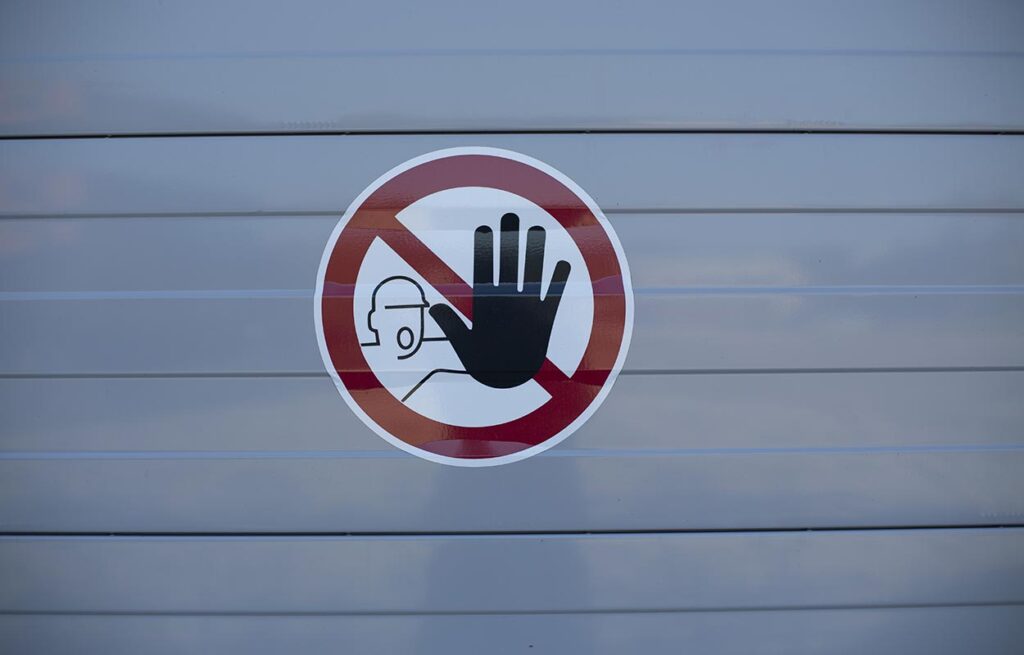Men’s Recovery: A Guide for Working Guys Who Want Lasting Change

Most guys don’t picture themselves as the “rehab” type. They see deadlines and long shifts, or the date on the next house payment that doesn’t quite match up with a pay cycle. But alcohol, pills, or the weekend 8-ball can rapidly steal energy, and, obviously, paychecks, while destroying relationships and the trust they thrive on.
If you or one of the guys has been struggling with substance abuse, it’s much more common to want to deal with a problem than talk about it, and we understand that. We’re going to dig into exactly why men’s recovery is essential and why a gender-specific treatment program works. We’ll cover the therapies that you’ll see, and go over just how an addiction treatment program can squeeze addiction recovery into a real-world schedule without mincing words. If you’re ready to trade excuses for answers, you’re in the right place.
Key Points
- Men’s recovery programs are crucial for helping men with effective, comprehensive addiction treatment.
- Evidence-based treatments are widely available and easily tailored to male-centric therapy.
- Building redundancy with peer groups, family support, sober living, and virtual check-ins cuts relapse risk and keeps progress steady.
- Admissions are always confidential, insurance is verified and arranged for you, and schedules are flexible. There’s no reason to deal with addiction without a pro.
What Makes a Men’s Recovery Program Different?
Why is Gender-Specific Care Important?
Having a men’s program is essential because men process stress and emotions like shame and anger differently than women. Not only that, but biology also plays a vital role in recovery, healthcare, and placement for detoxification, making gender-specific care highly relevant.
Men may metabolize certain substances differently due to physiological differences, such as higher average muscle mass and body water content, which can influence blood alcohol concentration and tolerance levels. However, behavioral and societal factors often contribute more significantly to binge patterns and increased risk of liver disease, hypertension, and substance use disorder in men. A male-centered residential treatment program in a recovery center can tackle things like cis-male work pressure, fatherhood fears or trauma, and the traditional “tough it out, man up” culture in a head-on, but compassionate way.
Early Challenges for Sober Men
While everyone processes early recovery differently, many newly sober men find they hit similar hurdles and challenges in their journey.
- Work Stress: It doesn’t matter what it is, because anything seems like it’s trying to trigger a relapse. Shift changes, finance targets, project deadlines, important metrics or KPIs, even job-site hazard close-calls can make a quick after-work drink look tempting.
- Anger Issues: Men are more likely to push their feelings down because they feel like nobody is listening or that nobody can help. Those stuffed feelings tend to explode once the alcohol isn’t there to help push them down.
- Isolation: Men often drop healthy habits, hobbies, and friends when using substances. This can leave them feeling isolated and lost. Rebuilding their identity can require significant support and guidance.
- Stigma: Although many men are embracing their emotions and breaking cycles, a powerful “real men handle it themselves” or “real men deal with it” mindset persists, making it difficult to overcome. But you can heal from it.
Core Treatments for Men’s Recovery
Assessment & Initial Stabilization
No matter what addiction or mental health challenges are being struggled with, a successful long-term recovery will always start with a detailed intake assessment. This assessment is an in-depth interview and physical evaluation that helps your treatment team create a personalized treatment services plan tailored to your unique needs.
They will ask questions about your substance use history and habits, mental health, job duties and work hours, current medications, and any legal, professional, or family concerns that you might have. Once your personalized treatment plan has been created, you and your care management team will decide whether medical detox is needed before formal substance abuse treatment and individual counseling begin.
Evidence-Based Therapies
Once you’ve stabilized, you’ll start taking part in a wide range of group therapy and individual therapy sessions, as well as evidence-based treatment modalities. These modalities will usually include cognitive behavioral therapy, or CBT, dialectical behavioral therapy, DBT, and ACT, or acceptance and commitment therapy.
ACT focuses on psychological flexibility by promoting mindfulness and commitment to personal values, helping individuals observe cravings without acting on them.[1] DBT helps create actionable skills to reinforce sobriety and avoid relapse.
Crucial Life Skills & Work Support
Long-term sobriety only works when it works with your daily life. Leading behavioral health programs will incorporate lessons on topics such as budgeting, meal planning, sleep health, and time management into the center’s educational modules. Job-coaching sessions can cover resume refreshers, mock interviews, or how to ask HR for a temporary workload adjustment without oversharing personal health details.
Mental Health and Dual Diagnosis Treatment
Roughly half of all people participating in alcohol rehab or drug rehab have diagnosed or undiagnosed mental illness. When this mental illness is co-occurring with a substance abuse problem, it’s important that the rehab center not only offers gender-specific care, but also gender-specific inpatient and outpatient dual diagnosis case management.
A comprehensive dual diagnosis program should involve licensed prescribers for medication management, but not all men’s programs offer this level of integrated psychiatric care. Sessions may cover how alcohol blunts REM sleep, why stimulants spike anxiety, or how untreated ADHD undermines relapse-prevention plans.[2]
Continuing Care Planning
Long-term recovery success doesn’t come with a 30-day chip. Early on, you and your case managers will work together to determine the next steps. No matter what level of care you start in, there’s always a next step.
Evening intensive outpatient treatment sessions are ideal for men who are able to return to work. Sober-living options help enforce healthy routines and personal accountability. Virtual support groups offer critical peer support, even when traveling or unable to attend an IOP visit.[3]
Creating a personalized relapse prevention plan involves listing personal triggers, with each one mapped to a practiced and effective coping skill developed during treatment. Clear contact points help follow-up therapy sessions stay focused on established goals, and outlines for peer meeting participation and periodic medical review ensure there’s always a plan in place.
Building Long-Term Support & Relapse Prevention

Men know as well as anyone that lasting change doesn’t happen in a vacuum; it takes dedication, hard work, and clear guidelines. Men who end up thriving in recovery typically plug into more than one safety net. Formal support groups, such as SMART, 12-step, or faith-based, provide helpful peer support and accountability. Alumni gatherings from the original treatment program can give a sense of familiarity with familiar faces who understand your unique recovery challenges.
If you’re trying to rebuild trust at home, participating in family or couples therapy can be beneficial. Therapists will help create better communication habits while learning how to set healthier and more effective personal boundaries.
Sober living houses can be beneficial for individuals—regardless of gender—who need a structured and supportive environment during early recovery. They implemented community accountability measures, such as curfews, house chore lists, and random testing, which help maintain a stable overall environment while still allowing for full-time and part-time work.
Your Relapse-Prevention Toolkit
The best way to prevent relapse is to know your triggers. Start by naming them. Common ones for men include sudden or ongoing overtime demands, payday celebrations, conflict with a partner, lonely hotel rooms on work trips, or simply driving past a place you used to frequent or enjoy. Each trigger is assigned at least one coping skill and “preloaded” with it.
These skills can be anything from paced breathing exercises for passing anxiety surges, a quick exit script to politely and easily get out of bar invitations, or a text chain with a sober buddy before long drives. In treatment, you’ll also learn things like CBT techniques that help you reframe “just one won’t hurt”-type thoughts, by swapping them for facts about alcohol, sugar spikes, and hangover regret.
Even simple grounding moves, such as exercise or a five-sense check, or even a shower, can help break the craving feedback loops that only last a few minutes when actively managed. Digital tools and recovery apps can offer helpful distraction techniques, reminders, or prompts; however, they should not replace professional or peer support.
Taking the First Step
Reaching out might be the most intimidating step, but it can also be a private and straightforward process. All you need to do is reach out, and the facility admissions team will take it from there. They’ll typically ask you some questions to get the ball rolling, then they’ll gather some insurance details and determine your benefits, deductibles, and other relevant information. In just a few minutes, you could be on your way to a much healthier future.

